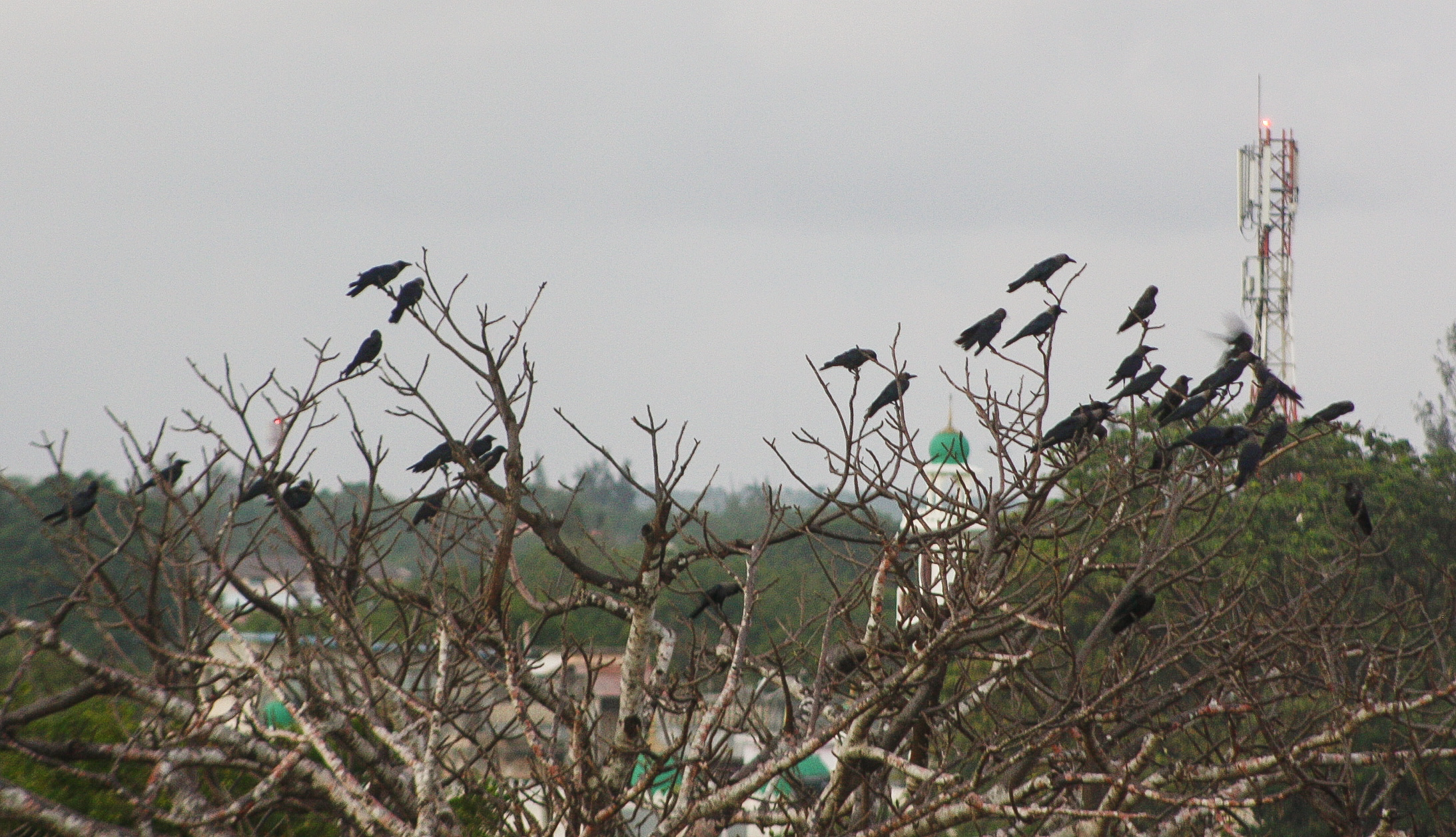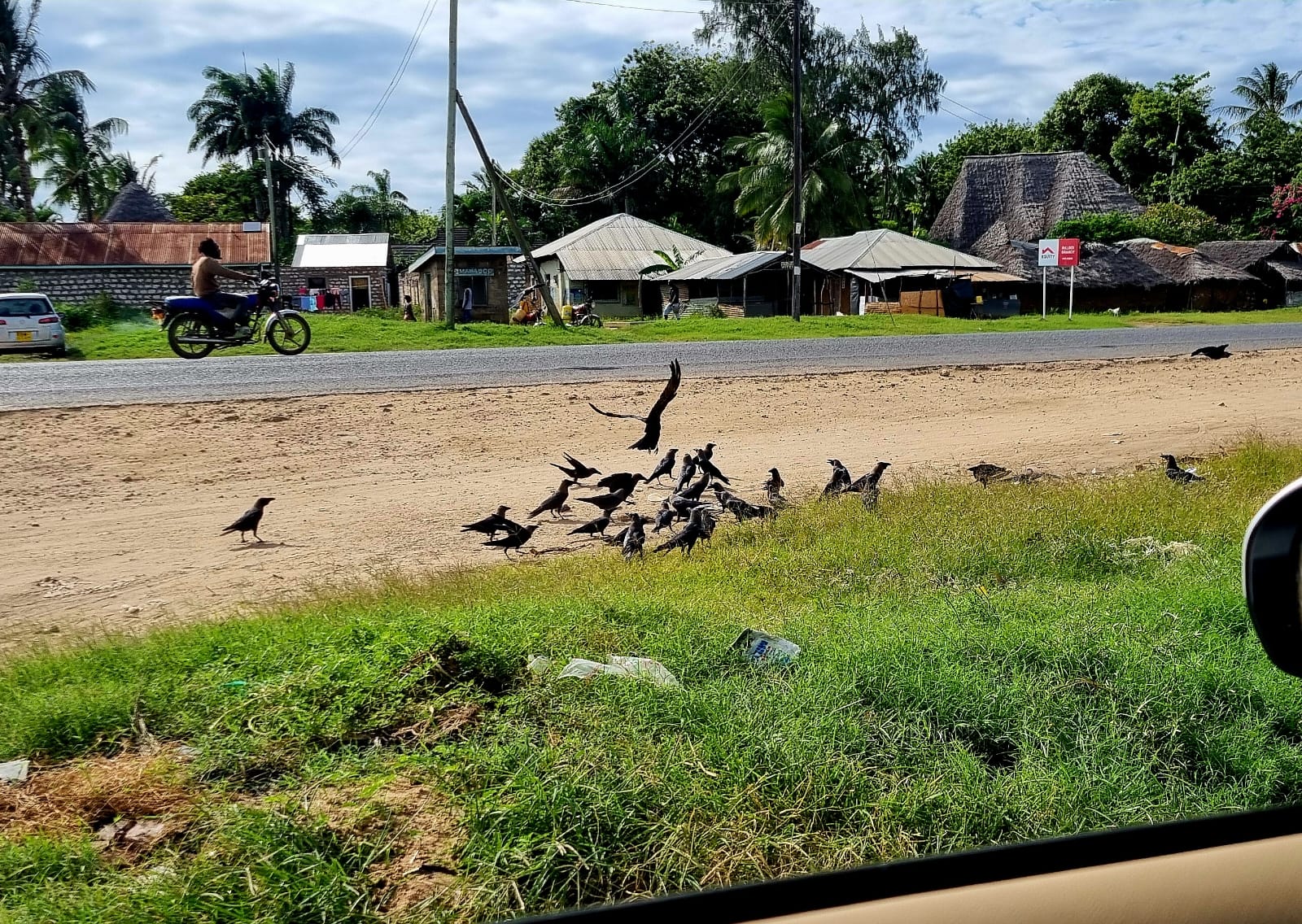The word ‘invasive’ has often been used to signify species not in their native environment. They are often introduced to new habitats through human activities, either intentionally or unintentionally.
In the 1890s, the House Crow Corvus splendens was introduced in Zanzibar to control garbage. The solution soon became a problem of its own as the population rapidly increased over 15 years, becoming labeled an invasive species and spreading along the East African coast.
A Rocha Kenya’s Eric Kinoti notes that the introduction of an invasive species disrupts and destabilizes ecosystems by causing competition between species. The House Crow population grew to over 700,000 birds along the coast of Kenya, which majorly affected tourism as the birds invaded hotels, destroyed crops and placed a strain on the marine ecosystem with their feeding on marine life. It is not the crows’ fault for existing, but human intervention created a problem.

In July this year, A Rocha Kenya received the first batch of starlicide in hopes that it will significantly reduce the number of crows, without affecting other species. So far, the results are promising and starlicide is said to have an 80% success rate within four months.



